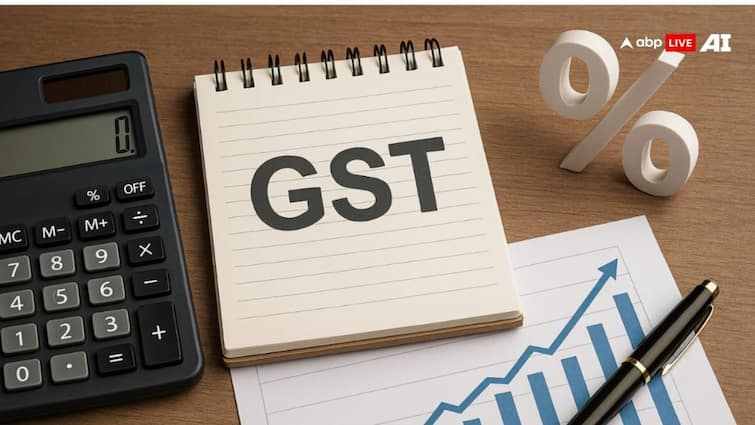A week after India rolled out its revised Goods and Services Tax (GST 2.0), a nationwide survey by LocalCircles shows that only a small portion of consumers are noticing lower prices.
Drawing over 78,000 responses from over 27,000 participants across 332 districts, the study paints a nuanced picture of the reform’s early effects, reported Business Standard.
While expensive items like vehicles and major appliances reflect the tax cuts clearly, essential goods such as packaged foods and medicines have not yet delivered the full savings to buyers.
What Changed Under GST 2.0
The new GST structure brought meaningful reductions across several sectors:
- Packaged food products, including milk, paneer, and certain medicines, now have a GST of 5 per cent or are exempt.
- Large consumer electronics, such as air conditioners, refrigerators, and TVs, saw a drop from 28 per cent to 18 per cent.
- Services like gym memberships now attract a 5 per cent tax rate, down from 18 per cent.
Consumer Experience: Who Sees the Savings?
Packaged Food
Even with reduced GST rates, only 10 per cent of shoppers reported full price benefits on packaged foods. About 21 per cent experienced partial reductions, while 47 per cent saw no change. The delay is largely due to old stock remaining on shelves and slower updates to price tags.
Medicines
The effect on medicines has been limited. Only 10 per cent of buyers noticed full savings, and 62 per cent reported no change. Price updates are complicated by varying supplier agreements and shelf-life considerations.
Appliances and Electronics
In this segment, 34 per cent of consumers enjoyed full benefits, 33 per cent saw partial reductions, and another 33 per cent experienced no change. Uneven distribution of updated stock and delayed communication from manufacturers are key reasons.
Vehicles
Vehicles emerged as the clearest winners. Seventy-six per cent of buyers reported full GST benefits, while 24 per cent saw partial reductions. The impact is immediately visible due to streamlined pricing and standardised dealer practices in the automotive sector.
Why Price Cuts Are Not Yet Universal
Several factors are slowing the pass-through of GST benefits:
Existing stock: Many retailers still have goods priced under the old GST regime.
Retailer coordination: Smaller stores may not have received updated pricing guidance from distributors.
Supply chain complexity: The sheer number of FMCG retailers across India makes uniform price adjustments challenging, especially for essential goods like food and medicines.
The survey highlights that while GST 2.0 is delivering clear advantages in high-value categories, the wider benefits for everyday essentials remain uneven.



